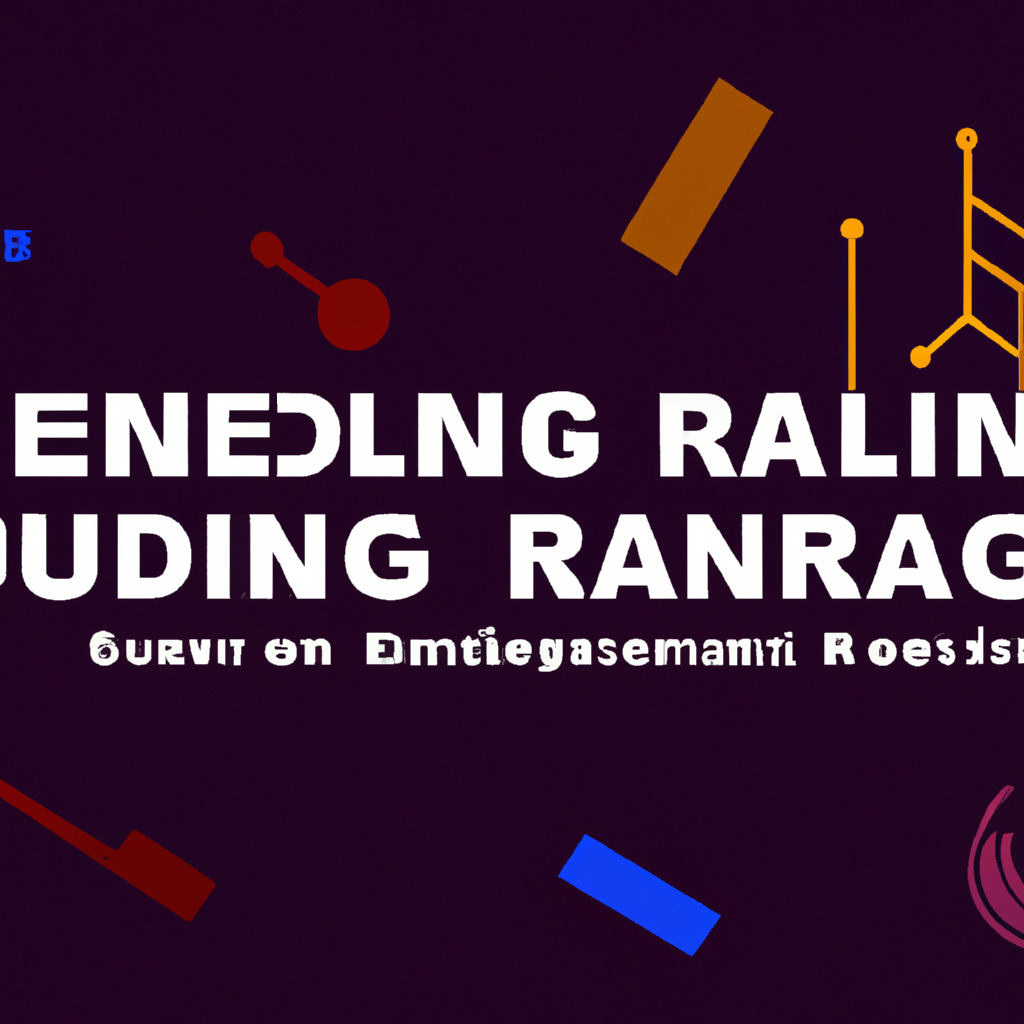Understanding the Principles of Reinforcement Learning in Game Playing
Table of Contents
Understanding the Principles of Reinforcement Learning in Game Playing
# Introduction
Reinforcement learning, a subfield of machine learning, has garnered significant attention in recent years due to its remarkable ability to enable intelligent agents to learn and optimize their behaviors through interactions with their environment. One fascinating application of reinforcement learning is in game playing, where agents can learn to make strategic decisions and improve their gameplay over time. This article aims to provide an in-depth understanding of the principles behind reinforcement learning in game playing, shedding light on both the new trends and the classics of computation and algorithms in this domain.
# 1. The Basics of Reinforcement Learning
Reinforcement learning revolves around the idea of an agent interacting with an environment to maximize a notion of cumulative reward. This process is typically modeled as a Markov Decision Process (MDP), consisting of states, actions, transition probabilities, and rewards. The agent’s objective is to learn a policy, which is a mapping from states to actions, that maximizes the expected cumulative reward.
# 2. Game Playing as a Reinforcement Learning Problem
Game playing can be naturally formulated as a reinforcement learning problem. In this context, the game environment serves as the MDP, with states representing the game board configurations, actions being the moves the agent can make, and rewards associated with winning, losing, or drawing the game.
# 3. Value-based Reinforcement Learning
One classic approach to reinforcement learning in game playing is value-based learning, which aims to estimate the value function. The value function represents the expected cumulative reward starting from a particular state and following a specific policy. One widely used algorithm in this category is Q-learning, an off-policy learning algorithm that iteratively updates the values based on the Bellman equation. Q-learning learns an optimal policy without explicitly modeling the transition probabilities of the environment.
# 4. Policy-based Reinforcement Learning
Another approach to reinforcement learning in game playing is policy-based learning, which directly learns the policy without estimating the value function. Policy-based methods aim to directly optimize the policy parameters to maximize the expected cumulative reward. One popular algorithm in this category is the REINFORCE algorithm, which uses the policy gradient theorem to update the policy parameters.
# 5. Model-based Reinforcement Learning
Model-based reinforcement learning combines elements of both value-based and policy-based approaches. It involves learning a model of the environment dynamics and then using this model to plan and make decisions. Model-based methods can leverage the learned model to simulate potential future trajectories and evaluate the expected cumulative reward of each trajectory. This enables the agent to make more informed decisions about which actions to take.
# 6. Deep Reinforcement Learning
Deep reinforcement learning, an extension of reinforcement learning, combines the power of deep neural networks with reinforcement learning algorithms. Deep reinforcement learning has revolutionized the field of game playing by achieving superhuman performance in various complex games. Deep Q-Networks (DQNs) and AlphaZero are prominent examples of deep reinforcement learning algorithms that have achieved remarkable success in game playing tasks.
# 7. Challenges in Reinforcement Learning for Game Playing
Despite the significant progress in reinforcement learning for game playing, several challenges persist. One major challenge is the sample inefficiency of many algorithms. Reinforcement learning often requires a large number of interactions with the environment to learn optimal policies, making it computationally expensive and time-consuming. Another challenge is the exploration-exploitation trade-off, where the agent needs to balance exploring new actions to learn better policies and exploiting the learned knowledge to maximize immediate rewards.
# 8. Recent Trends and Advancements
Recent advancements in reinforcement learning for game playing have witnessed several breakthroughs. One notable trend is the use of self-play and population-based training, where agents train against themselves or other agents to improve their strategies. This approach has led to remarkable achievements in games such as Go, chess, and poker. Additionally, the integration of techniques from unsupervised learning, such as generative adversarial networks (GANs), has shown promise in improving the performance of reinforcement learning agents.
# Conclusion
Reinforcement learning in game playing offers a fascinating avenue for exploring the capabilities of intelligent agents. By understanding the principles behind reinforcement learning algorithms, such as value-based, policy-based, and model-based methods, researchers can develop more efficient and effective game playing agents. The advent of deep reinforcement learning has further accelerated progress in this field, demonstrating the potential for achieving superhuman performance in complex games. However, challenges such as sample inefficiency and the exploration-exploitation trade-off continue to be areas of active research. As the field advances, incorporating recent trends and advancements, reinforcement learning in game playing holds great promise for pushing the boundaries of intelligent decision-making and strategic gameplay.
# Conclusion
That its folks! Thank you for following up until here, and if you have any question or just want to chat, send me a message on GitHub of this project or an email. Am I doing it right?
https://github.com/lbenicio.github.io

